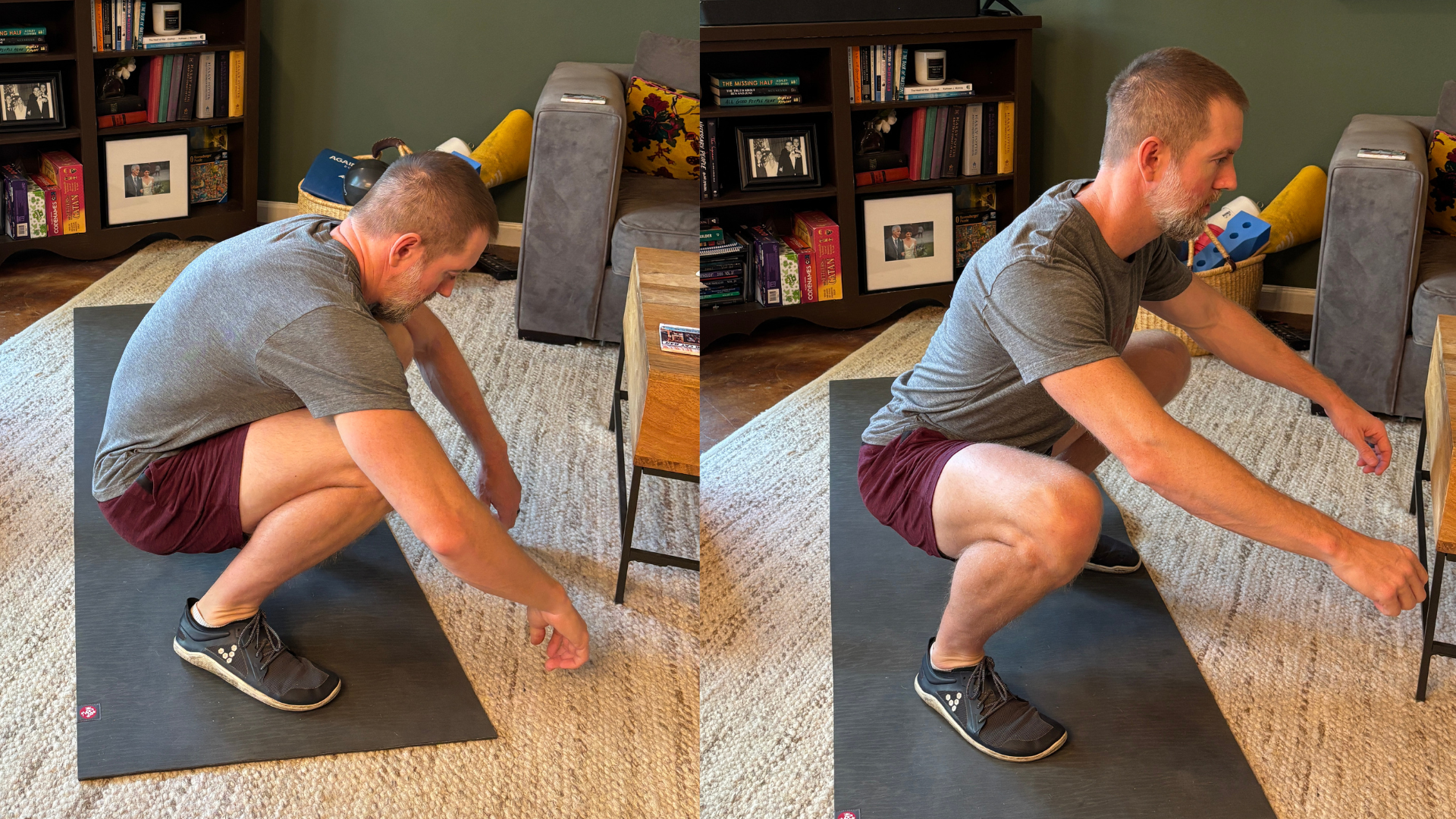Centering Your Diet Around Protein
Written By Kelly Dodds - Masters in Nutrition and Human Performance - MovementLink.FIT Coach
Proteins are nitrogen-based nutrients made up of combinations of amino acids, and are critical for all life. There are 9 essential amino acids which our bodies cannot make on their own making it vital that humans consume large amounts of these proteins in our diets.
Consuming adequate amounts of protein is central to my diet recommendations as there are not only major fat loss benefits, but protein plays a vital role in achieving our non-negotiable health and fitness goals. Protein curbs appetite by having the highest satiety factor (compared to fat and carbs) and can rev-up metabolic rate after ingestion due to the thermic effect of digesting proteins…meaning, you don’t have to be hungry all the time to lose weight! Optimal amounts of protein consumption also benefits muscle recovery and growth, proper function of hormones, enzymes, neurotransmitters, cell receptors/transporters, hemoglobin, immune system, sleep, etc.
As of this writing in 2024, the current USDA daily protein recommended amounts are outdated when compared to the most current research. To optimize our non-negotiable goals, our protein recommendations are to get 0.8-1.2 grams of high quality protein per pound of body weight. These requirements can go up to 2g per pound body weight for athletes/active people. To better promote the actual absorption of the protein being consumed, people should consume protein serving amounts of 20-40 grams per “meal” as opposed to just small amounts of protein at a time.
Animal protein, egg protein, and dairy (whey/casein) protein seem to be the highest quality –they have ideal proportions of amino acids and a high absorption rate. Although all animal-based proteins are high quality, consming lean (low fat) meats will help limit excessive saturated fat intake. Although chicken is very lean, surprising to most, red meat is much more nutrient dense and is actually one of the most nutrient dense foods that exists. And don’t forget about fish! Eating fish two times a week has been shown to reduce disease and increase lifespan.
Soy is the only plant that contains all 9 essential amino acids. Therefore, if you are on a plant-based, vegetarian, or vegan diet, when trying to meet your protein requirements, it is especially important to pay attention to the types of protein you consume, not just the total amounts. Even though soy is the only complete plant-based food, plant-based diets can provide humans all 9 essential amino acids by combining quality proteins from eating a variety of legumes, WHOLE grains, nuts, and seeds. As an additional note, vegetarians/vegans also need to pay attention to vitamin B12, omega-3 fats, iron, zinc, and calcium intake as these are also less prevalent without animal sources.
The Protocol
Create a goal for your protein intake to be a minimum of 0.8 grams of protein, per pound that you weigh, each day. Ideally, you would aim for 1g per pound daily. For instance, if you weigh 150 lbs, you would target 150g protein per day. I recommend logging food (protein) intake for 3-4 days so you can get an idea of how much protein you are currently eating. Depending on your current diet, it may be a little harder than you think to reach this goal, but most find the added protein to be incredibly filling, actually making reaching weight loss goals much easier. MyFitnessPal or Chronometer are easy apps to use for tracking.
Bullet Points:
Eat 0.8-1.2g of protein per lb. bodyweight daily
Each meal, shoot for at least 20-40g for optimal absorption. For foods which are primarily protein, consuming a portion approximately the size and width of the person’s palm would provide about this amount per meal.
Good sources of protein are fish, seafood, lean meats, poultry, eggs, legumes/pulses (i.e. soy, beans, peanuts, etc), some grains (i.e. quinoa), dairy (i.e. greek yogurt), and some seeds & nuts.
Sometimes protein supplementation is necessary to meet daily requirements. Whey and soy are good choices, but there are lots of different kinds that might work better for you. Make sure you find a quality supplement and especially avoid added sugars a long ingredient lists.
Track protein intake for 1-5 days this month to see current intake and make adjustments as needed.
Interested in more nutrition information! Regardless of whether your goal is performance or fat loss, check out MovementLink’s full article series here: Lifestyle and Fat-loss Protocols.







